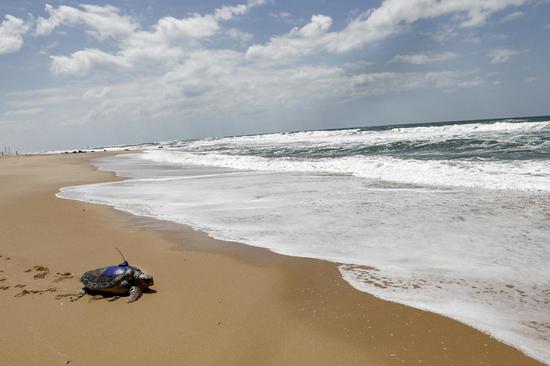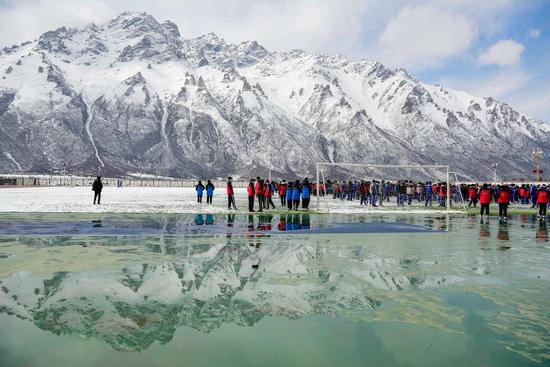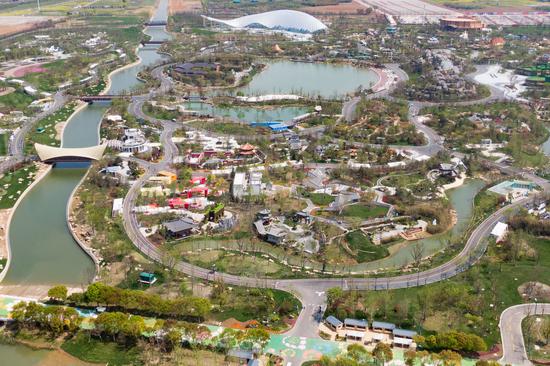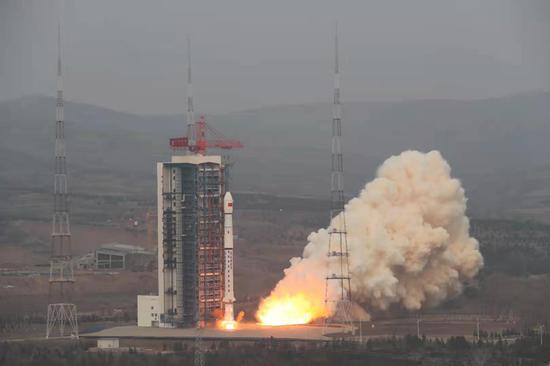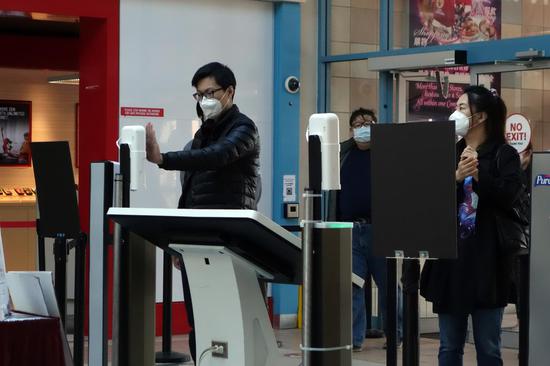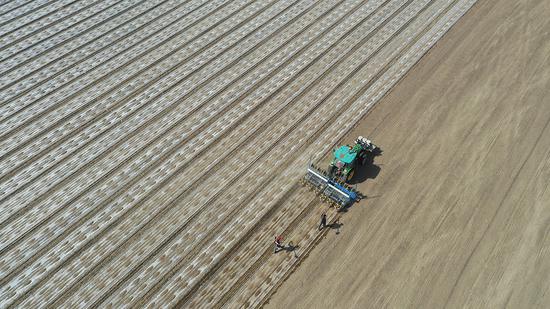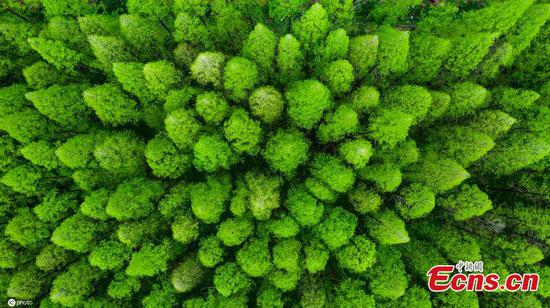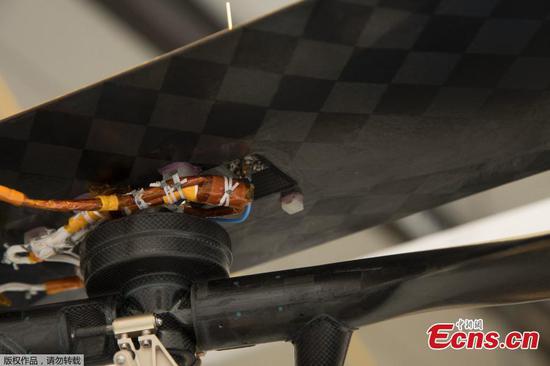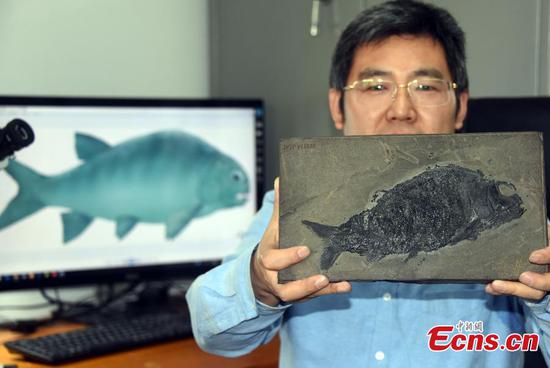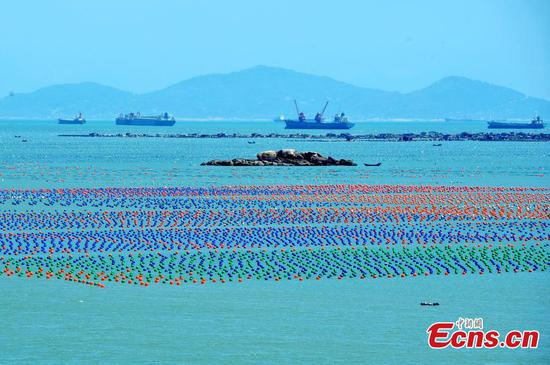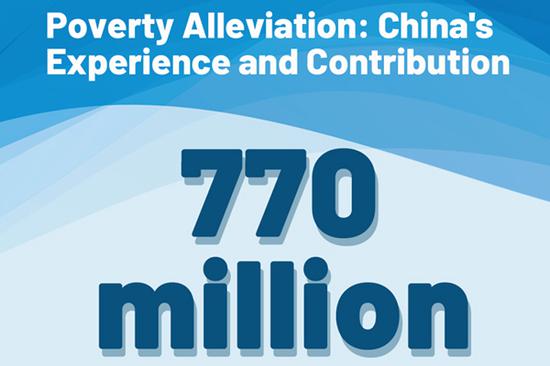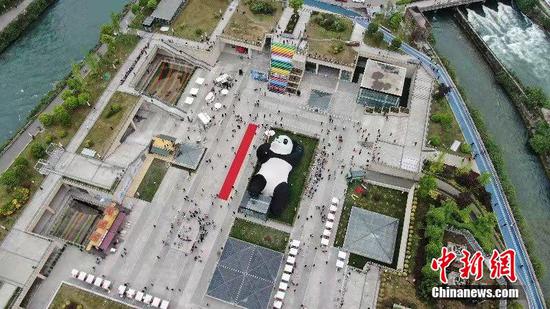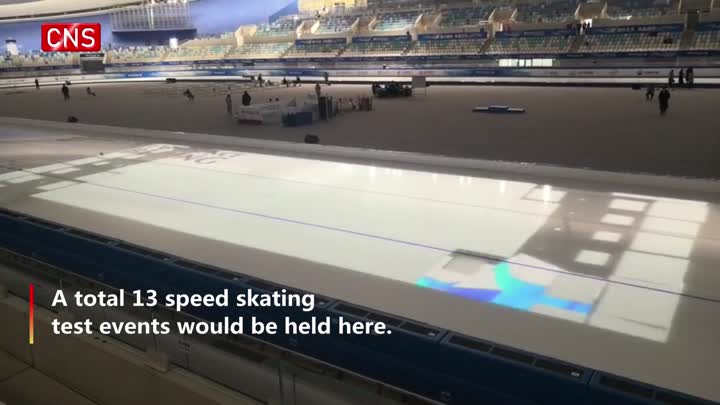Chinese researchers have recently revealed the characteristics and source of the long-range transport of microplastics (MPs) on the Qinghai-Tibet Plateau, known as the Roof of the World.
This boosts the understanding of the atmospheric transport of MPs to the Qinghai-Tibet Plateau and provides a new perspective on the microplastic cycle, said Kang Shichang, a researcher of the Northwest Institute of Eco-environment and Resources (NIEER) under the Chinese Academy of Sciences.
MPs normally refer to plastic particles with a size of less than 5 mm, such as fibers, fragments, films, foams and pellets.
They are believed to pose a threat to marine and terrestrial environments. Reports of MPs from glaciers are rare, especially for the Qinghai-Tibet Plateau.
A joint team of researchers from the NIEER and other institutions from home and abroad collected samples from glacier surface snow at various sites on the southern Qinghai-Tibet Plateau, and detected MPs in their samples.
"It indicates that the MPs can be transported over long distances, and atmospheric transport played an important role in transporting the MPs onto the plateau," said Zhang Yulan, a researcher with the NIEER.
The findings and related study results have been published in the journal Science of the Total Environment.










